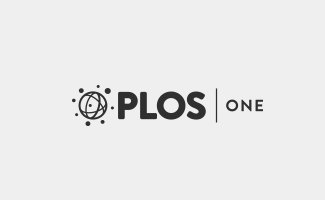
“Cannabinoid receptor (CBR) agonist could act as a protective agent against seizure susceptibility in animal models of epilepsy.
Studies have shown that potassium channels could play a key role in ameliorating neuronal excitability.
In this study, we attempted to evaluate how CBRs and Adenosine Tri-Phosphate (ATP)-sensitive potassium channels collaborate to affect seizure susceptibility by changing the clonic seizure threshold (CST).
In conclusion, CB1 agonist accomplishes at least a part of its anticonvulsant actions through ATP-sensitive potassium channels, probably by decreasing the mitochondrial ATP level to open the potassium channel to induce its anticonvulsant effect.”
https://www.ncbi.nlm.nih.gov/pubmed/30776677
https://linkinghub.elsevier.com/retrieve/pii/S1525505018308503




 “Night sweats significantly impact the quality of life for cancer patients and are often resistant to treatment.
“Night sweats significantly impact the quality of life for cancer patients and are often resistant to treatment.



 “The World Health Organization has proposed rescheduling cannabis within international law to take account of the growing evidence for medical applications of the drug, reversing its position held for the past 60 years that cannabis should not be used in legitimate medical practice.”
“The World Health Organization has proposed rescheduling cannabis within international law to take account of the growing evidence for medical applications of the drug, reversing its position held for the past 60 years that cannabis should not be used in legitimate medical practice.”